
|
Independent research At he Practical Physics Institute, We not only support but encourage independent research. Independent research plays a crucial role in advancing scientific knowledge and innovation. By allowing researchers to explore unconventional ideas and topics often overlooked by mainstream academia, independent research can lead to groundbreaking discoveries. It encourages diverse perspectives, fostering creativity and critical thinking, which are essential for solving complex problems. Additionally, independent researchers often fill gaps in existing literature, contributing unique insights that can challenge established theories and practices. |
|
Many serious scientists may not have access to academic qualifications or funding for various reasons, including personal, societal, and systemic barriers. Some of these individuals might not have had the opportunity to pursue formal education due to financial constraints, political situations, or life circumstances that prevented them from enrolling in traditional academic institutions. Others may have pursued non-traditional educational paths or conducted their research independently, outside of the formal academic framework. One significant struggle they face is academic prejudice. Without institutional affiliations or degrees, independent researchers are often seen as less credible, regardless of the quality of their work. This bias can lead to exclusion from academic journals, conferences, and funding opportunities, as many gatekeepers of the scientific community prioritize institutional credentials over merit or originality. |
|
|
Below are some classic examples that illustrate the importance of supporting independent research and how it's contribution to science has had a profound effect on the world we live in. |
|
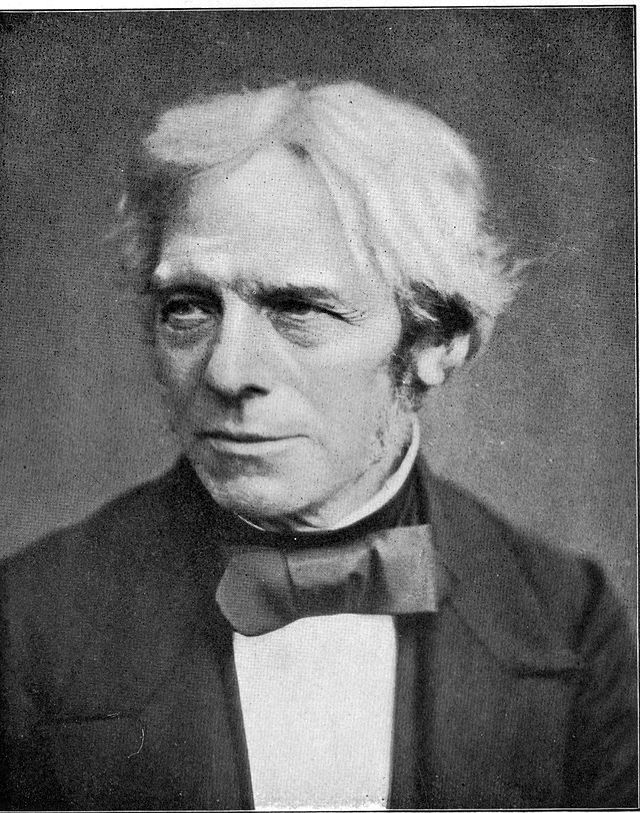
|
Michael Faraday Faraday's discovery of electromagnetic induction in 1831, which showed that a changing magnetic field could induce an electric current, laid the foundation for modern electrical engineering and technologies like the transformer and electric generator. His invention of the Faraday cage, which shields objects from external electric fields, is still used in various applications today. Beyond his contributions to physics, Faraday made important advances in chemistry, such as discovering benzene and pioneering the field of electrolysis. |
|
Despite his lack of formal education and early financial struggles, Faraday’s contributions were profound, demonstrating the power of persistence and curiosity. His ability to communicate complex ideas simply, coupled with his dedication to experimental research, cemented his legacy. Faraday's work has had a lasting impact, influencing not only scientists of his time but also modern physics and engineering, contributing to technologies we rely on today. |
|
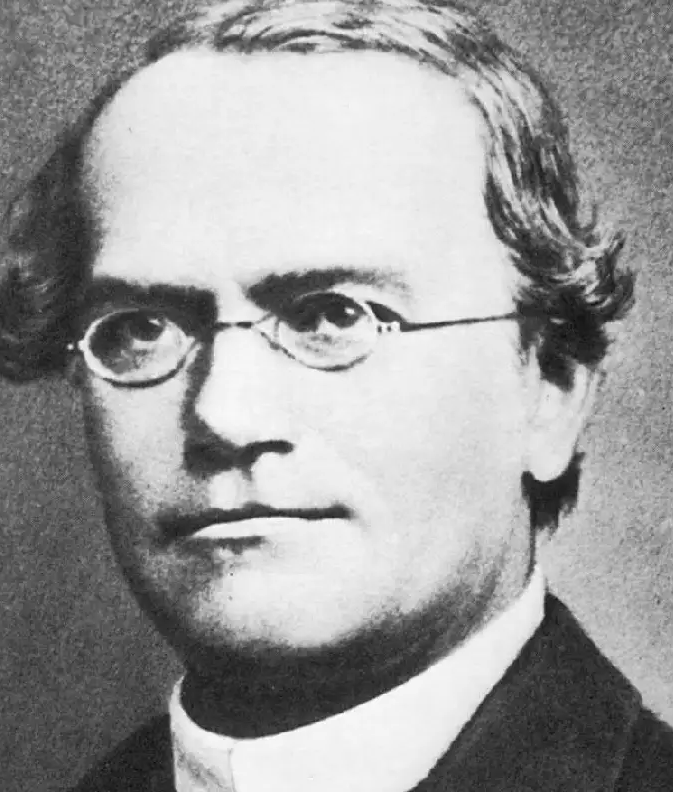
|
Gregor Mendel
Discovery: The fundamental laws of inheritance and genetics. |
|
Gregor Mendel, often regarded as the "father of modern genetics," was a pioneering figure who conducted his famous experiments in the mid-19th century, while living as a monk in what is now the Czech Republic. His work on pea plants from 1856 to 1863 laid the groundwork for the fundamental principles of inheritance, known today as Mendelian genetics. |
|
_shown_in_her_laboratory_in_1947_cropped.jpg)
|
Barbara McClintock_shown_in_her_laboratory_in_1947_cropped.jpg) Barbara McClintock was a pioneering American cytogeneticist whose groundbreaking work in genetics earned her the Nobel Prize in Physiology or Medicine in 1983, making her the first woman to receive an unshared Nobel in that category. McClintock is best known for her discovery of "jumping genes", or transposable elements—segments of DNA that can move to different positions within the genome. This discovery fundamentally changed our understanding of genetics and showed that the genome is far more dynamic than previously thought. |
|
McClintock's early research focused on the chromosomes of maize (corn). By using microscopic techniques, she mapped the genetic traits of maize and made critical discoveries about how genes were linked to chromosomes. In the 1940s and 1950s, while working at Cold Spring Harbor Laboratory, she discovered that certain genetic elements could change position on the chromosome. |
|
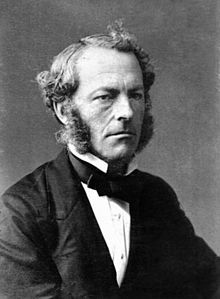
|
George Green George Green was a largely self-taught mathematician and physicist who made significant contributions to mathematical physics, particularly in the fields of electromagnetism, fluid dynamics, and potential theory. Born in 1793, Green worked at his family’s bakery and grain mill in Nottingham, England, and had no formal higher education. Despite this, he managed to publish groundbreaking work privately in 1828 titled An Essay on the Application of Mathematical Analysis to the Theories of Electricity and Magnetism, where he introduced what is now known as Green's theorem and Green's functions. |
|
Green’s theorem, a result in vector calculus, connects the concepts of line integrals and double integrals in two dimensions and has wide applications in physics, particularly in electromagnetism. Green’s functions are tools that allow the solution of various types of boundary value problems in physics, particularly in electromagnetism and quantum mechanics. |
|
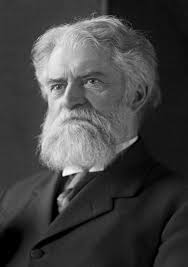
|
Simon Newcomb Simon Newcomb was a Canadian-American mathematician, astronomer, and polymath, known for his significant contributions to astronomy, mathematics, and economics. Born in 1835 in Nova Scotia, Canada, Newcomb's early education was largely informal. He taught himself mathematics and eventually moved to the United States, where he began working at the Nautical Almanac Office in 1857. Newcomb’s brilliance soon led to his appointment as professor of mathematics at the United States Naval Observatory, where he later became superintendent of the Nautical Almanac Office. |
|
Newcomb made significant strides in celestial mechanics, particularly in the study of the motion of the Moon and planets. His work was instrumental in improving the accuracy of planetary tables, which are used to predict the positions of celestial bodies for navigation and scientific purposes. One of his most notable achievements in astronomy was refining the values for the speed of light and astronomical constants, which were critical for accurate timekeeping and navigation. |
|
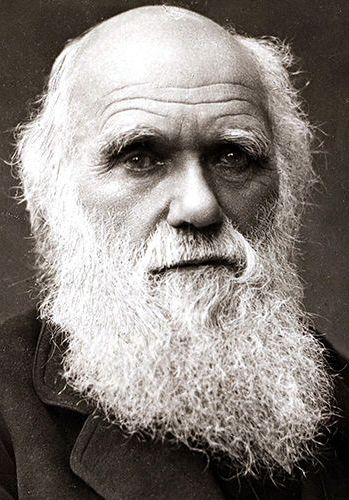
|
Charles Darwin Charles Darwin was born in 1809 in Shrewsbury, England, into a well-to-do family. He initially pursued medical studies at the University of Edinburgh but found himself more interested in natural history than medicine. Afterward, he attended Cambridge University, where he met influential botanists and geologists, such as John Stevens Henslow and Adam Sedgwick, who inspired him to pursue a career in natural science. Although Darwin came from a wealthy family and had formal education, much of his groundbreaking work on evolution and natural selection was done outside of academic institutions. |
|
Darwin's independent research, fieldwork, and the eventual publication of On the Origin of Species in 1859 revolutionized biology and our understanding of the natural world. Darwin spent years meticulously collecting data and specimens independently while traveling on the HMS Beagle. It was here that he noted the remarkable variations among species of finches from different islands. He observed how these finches had adapted their beak shapes to suit their food sources, a key insight that contributed to his development of the theory of natural selection. |
|
2.jpg)
|
Antoine Lavoisier2.jpg) Known as the "father of modern chemistry," Lavoisier worked independently in many aspects, especially in his early years. He made groundbreaking discoveries on the nature of combustion, identified and named oxygen and hydrogen, and helped establish the law of conservation of mass. Though Lavoisier held some positions in academia and government, much of his experimental work, including his study of gases, was done in a private laboratory in his home. One of Lavoisier's most influential achievements was discrediting the widely accepted phlogiston theory. This theory posited that a fire-like element, phlogiston, was released during combustion. |
|
Lavoisier’s impact on the field of chemistry is immeasurable. He introduced precision to experimental chemistry by emphasizing the importance of accurate measurement, which is now a standard in scientific research. His discoveries on the role of oxygen in combustion, respiration, and corrosion, as well as his contributions to chemical nomenclature, laid the foundation for modern chemical sciences. |
|
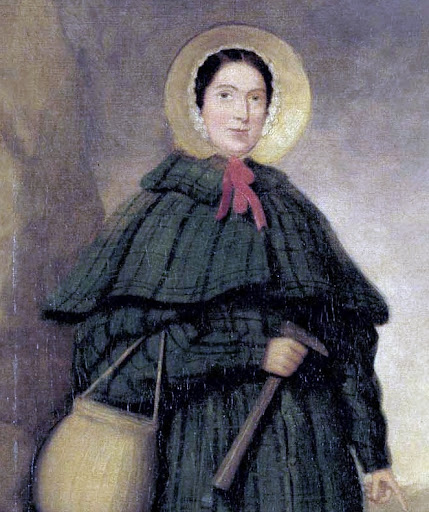
|
Mary Anning Mary Anning (1799–1847) was a pioneering English fossil collector, self-taught paleontologist, and dealer whose discoveries contributed significantly to the field of geology and paleontology. Despite facing substantial obstacles due to her gender and class, her work laid the foundation for many major advances in the understanding of prehistoric life. In 1811, at just 12 years old, Mary Anning made her first major discovery—the fossilized skeleton of an Ichthyosaurus, an ancient marine reptile. This was a groundbreaking find, as it was one of the first complete specimens ever found and helped scientists understand more about prehistoric marine life. |
|
Mary Anning, a fossil collector from Lyme Regis in England, was a self-taught, independent paleontologist who made some of the most significant fossil discoveries of the 19th century, including the first complete Ichthyosaurus and Plesiosaurus skeletons. Although she had no formal education, her findings were foundational in developing the field of paleontology, and her work contributed to the understanding of prehistoric life, even influencing Charles Darwin’s theories on |
|
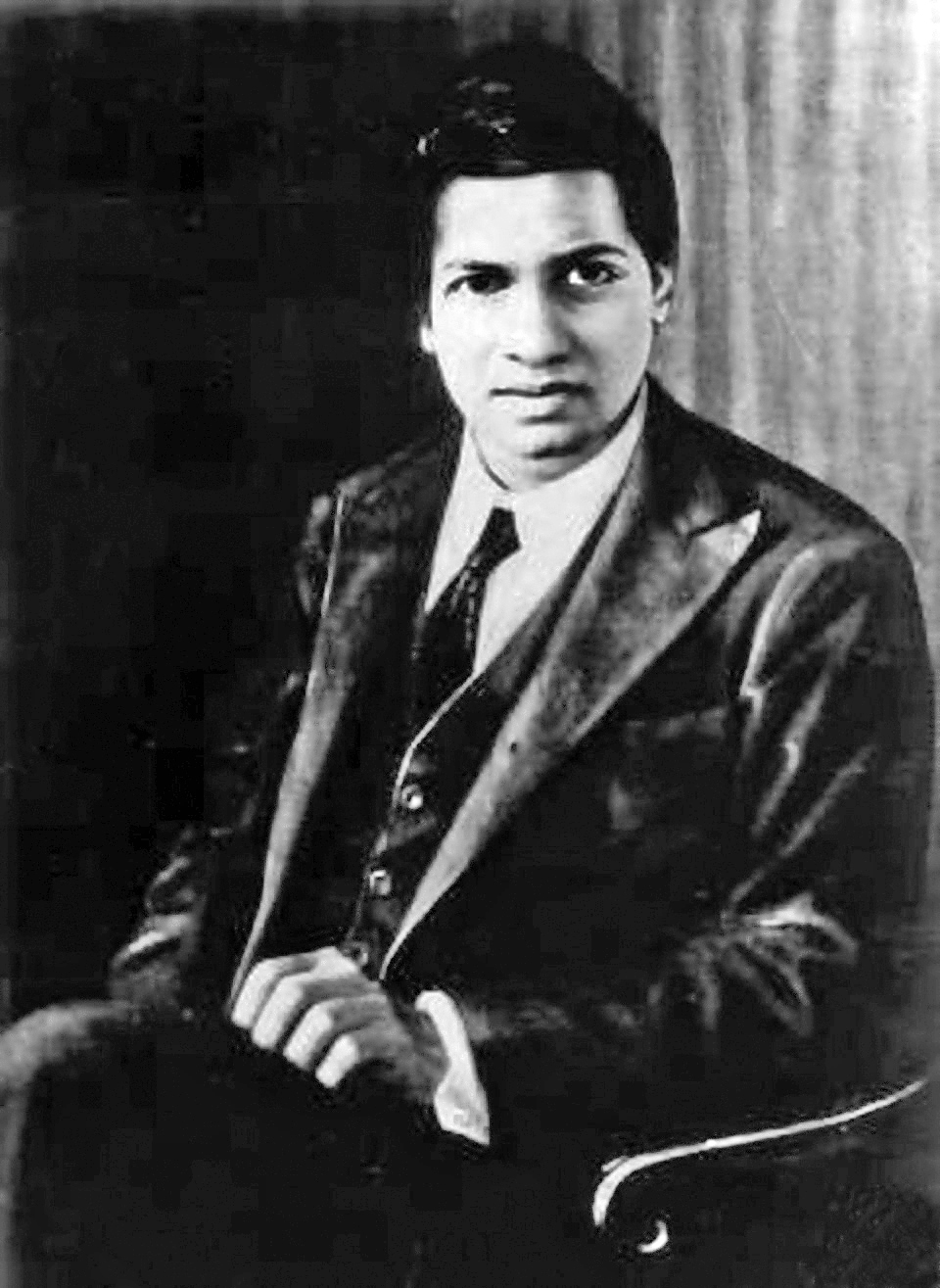
|
Srinivasa Ramanujan Srinivasa Ramanujan, an Indian mathematician, is one of the most famous examples of a largely self-taught, independent researcher who made significant contributions to mathematical analysis, number theory, and continued fractions. Without any formal education in pure mathematics, he sent his results to prominent mathematicians in England, eventually catching the attention of G.H. Hardy, who recognized his talent and invited him to Cambridge University. Ramanujan’s work continues to influence mathematics today, particularly in fields like modular forms and infinite series. |
|
Ramanujan was born in Erode, in Tamil Nadu, India. From a young age, he displayed a prodigious talent for mathematics. He was largely self-taught and developed his own mathematical theories while working with little more than basic textbooks. His passion for mathematics often led him to neglect other subjects in school, which caused him to struggle academically in formal settings. |
|
In Conclusion
Independent research plays a vital role in advancing scientific knowledge and discovery. It empowers individuals who may not have access to traditional academic paths to contribute valuable insights and innovative ideas. Throughout history, many groundbreaking discoveries have emerged from independent researchers, demonstrating that significant scientific advancements do not solely originate from established institutions.
For instance, the work of scientists like Gregor Mendel and Mary Anning illustrates how independent research has shaped our understanding of genetics and paleontology, respectively. In contemporary contexts, independent researchers are pivotal in exploring complex questions in cosmology and physics, as highlighted by initiatives like the Event Horizon Telescope and gravitational wave studies.
Moreover, independent research fosters diversity in scientific inquiry, leading to a broader range of perspectives and solutions. This inclusivity is essential in addressing the multifaceted challenges facing our world today, from climate change to public health.
In an era where collaboration across disciplines and unconventional approaches are increasingly important, supporting independent research is crucial for nurturing innovation. By valuing and encouraging independent contributions, we not only enhance our scientific landscape but also promote a more inclusive and dynamic pursuit of knowledge that benefits society as a whole.